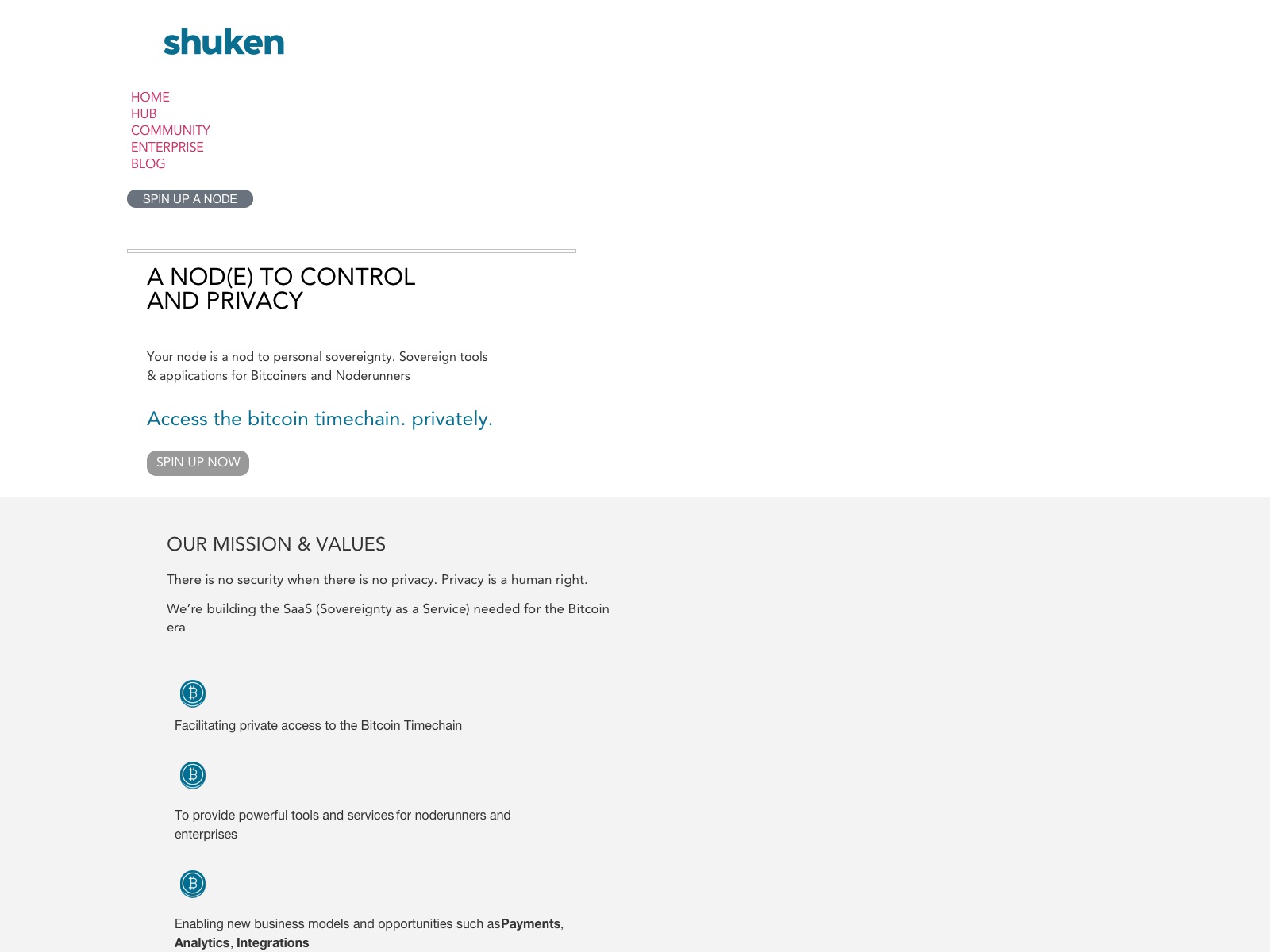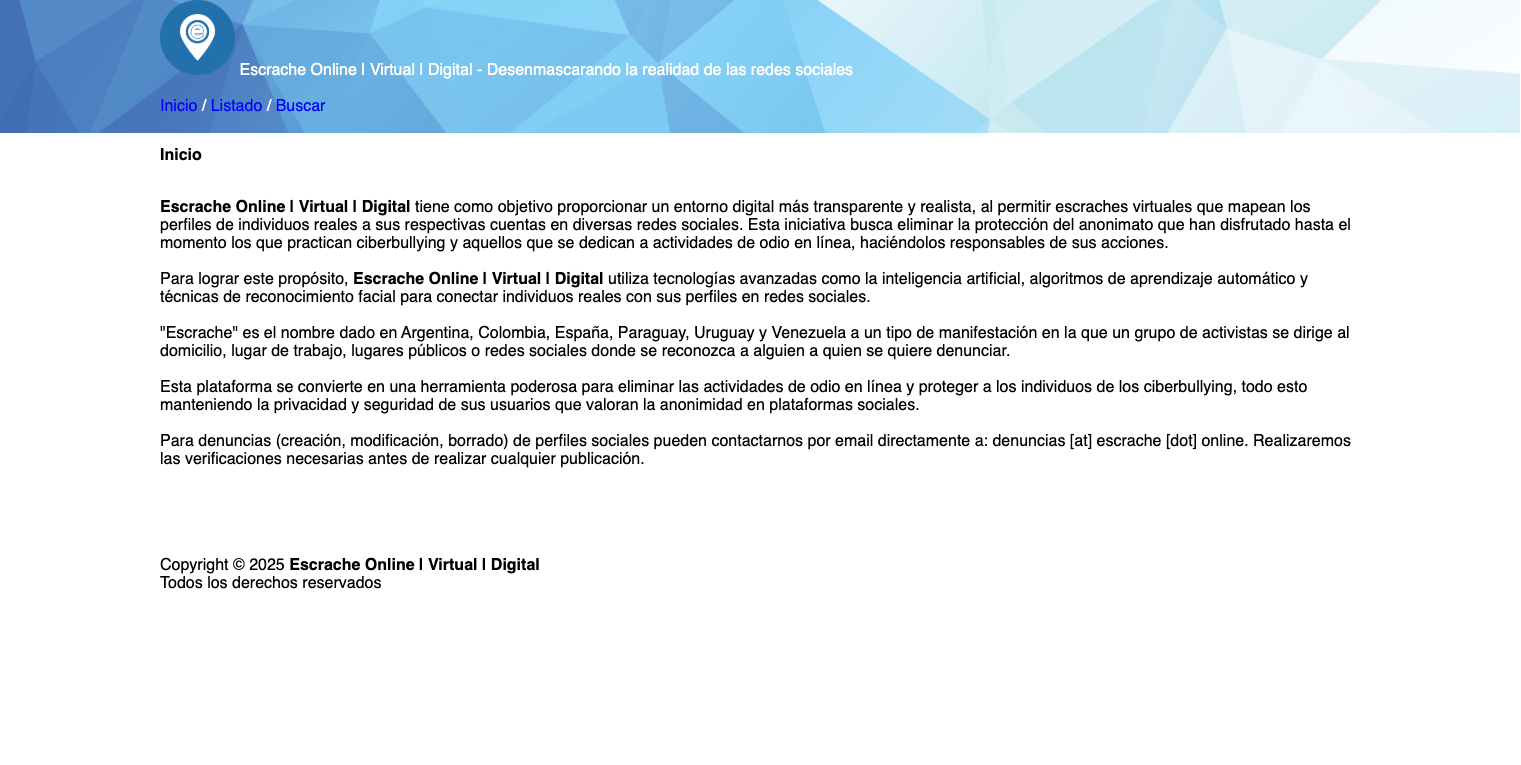Tactic Links - Organic Traffic Booster - Home
|
Path: Home > List > Load (scott.ee) |
Home | About | List | Rankings | Search | Submit |
| domain | scott.ee |
| summary | 1. Set up hosting of the decentralized social media platform, Mastodon, on one's personal computer. 2. Prepare a customized Raspberry Pi device with helpful tips to ensure optimal performance. Project Title: Hosting Fediverse Server at Home Objective: To host your own instance of Federated Universe (Fediverse) using software like Mastodon or WordPress Multisite from the comfort of home. Key Steps: 1. Select hosting platform - Choose between cloud-based services such as DigitalOcean, Amazon Web Services etc., for an online server that can handle multiple domains and websites. 2. Set up domain name & SSL certificate: Purchase a custom-made domain to host your instance on Mastodon or WordPress Multisite Platform with security measures like HTTPS encryption implemented through Let’s Encrypt Certbot tools. 3. Install software dependencies - Follow detailed guides available for setting up servers using Ubuntu/Debian Linux, Apache/Nginx web server(s), MySQL/MariaDB database system(s) and PHP/FPM extension. 4. Configure domain settings: Point your custom-made domain to the newly set-up hosting platform by updating its DNS records. 5. Set up Mastodon/WordPress Multisite instance - Create an admin account for managing users, permissions & features like social media interactions or blogs/blogging platforms respectively through cPanel/Mysite Manager. 6. Deploy app(s) via GitHub/GitLab: Clone desired source code repositories directly from Github/Gitlab onto the server using SSH/SFTP connections and manually execute installation commands as per application requirements. 7. Test & deploy - Thoroughly test all functionalities before going live, including integration with third-party services like Disqus commenting system/blogger API for seamless interaction between applications/services etc. 8. Regular Maintenance: Monitor CPU/RAM utilization on your server using CloudWatch/AWS Console/Other tools/tools to ensure smooth operation and performance optimization. Conclusion: Hosting a Fediverse instance (Mastodon, WordPress Multisite) at home offers significant advantages such as enhanced privacy/security & greater control over platform features compared with centralized platforms like Twitter/Facebook. The outlined steps above provide comprehensive guidance for setting up your own server catering specifically to social media enthusiasts who value freedom of expression through diverse communities across different topics/subjects/themes. Project Title: Perfect Raspberry Pi 101 Objective: To gain knowledge and skills required in customizing a Raspberry Pi device (model B) with essential components like Wi-Fi adapter, HDMI monitor/headphone jack/audio output cable etc., making it ready for any application/programming purposes including running Linux distro OS as per user requirements/choices. Key Steps: 1. Choose your desired model - Select either the new-generation RPi4 which offers better features than its predecessor RPi2 with USB-C port replacing micro-USB, HDMI display/sound jack etc., or opt for Raspberry Pi Zero W/Wifi version that focuses on power-efficiency and compactness. 2. Assemble necessary components: Pick up essential peripherals like Wi-Fi adapter (if not included in your chosen model), MicroSD card reader/writer/adapter to load OS/Docker files onto the micro SD Card, HDMI monitor/headphone jack/audio output cable for connecting accessories etc., as per personal preferences/preferences. 3. Set-up Raspberry Pi Configuration software: Download and install latest versions of Raspbian Lite (Debian-based distro) or Ubuntu Core operating systems directly from their official websites to ensure optimized performance on your device. 4. Configure OS settings manually via command line interface(CLI): Modify system parameters like hostname, timezone & locale preferences through terminal commands. 5. Install required software packages: Run installation scripts for essential programs and services using apt-get/pip3/yum commands or directly download them from official websites as per personal choice/preferences/customization requirements. 6. Set-up user accounts (optional step) - Create a dedicated administrator account with strong password & SSH key pair access, enabling seamless management/control of Raspberry Pi device through terminal/Cli interface remotely. 7. Test connectivity: Connect peripherals like keyboard/mouse/HDMI monitor/headphone jack/audio output cable to verify if the devices are functioning properly. 8. Power-up your RPi and perform boot sequence manually - Insert microSD card into reader/writer adapter, connect power source via USB-C/PWR port & start Raspberry Pi device by pressing a button located on its underside while connecting HDMI display/sound monitor/headphone jack/audio output cable to respective ports. Conclusion: Perfecting the Raspberry Pi through this guide ensures efficient utilization of resources and maximizes performance for any desired applications. With customized operating systems like Raspbian Lite or Ubuntu Core, users can seamlessly install software packages via command-line interface(CLI) making it easier for them to manage tasks remotely through terminal/Cli access with SSH key pairs as an added layer of security. |
| title | Product designer and creative technologist • Scott Evans |
| description | Hej! I'm Scott, a product designer and creative technologist. You'll find me tinkering with open source, advocating for sustainability and… |
| keywords | portfolio, project, open, source, home, battery, scott, product, bringing, super, cache, design, search, skip, content, light, dark |
| upstreams | |
| downstreams | |
| nslookup | A 104.21.1.166, A 172.67.129.163 |
| created | 2025-05-31 |
| updated | 2025-07-10 |
| summarized | 2025-07-10 |
|
HIGHSPOTS | |
 tacticlinks.com | |
 shuken.io | |
 lhapsus.xyz | |
 bytemux.io | |
 escrache.org | |
 greenpeace.org |
Traffic Boost by Tactic Links
[took: 856 ms]